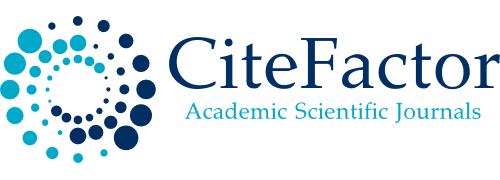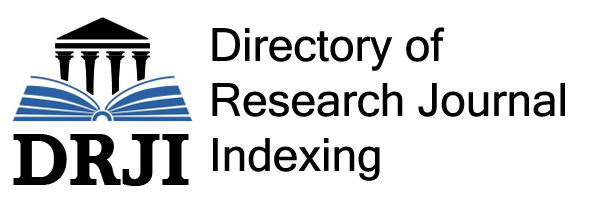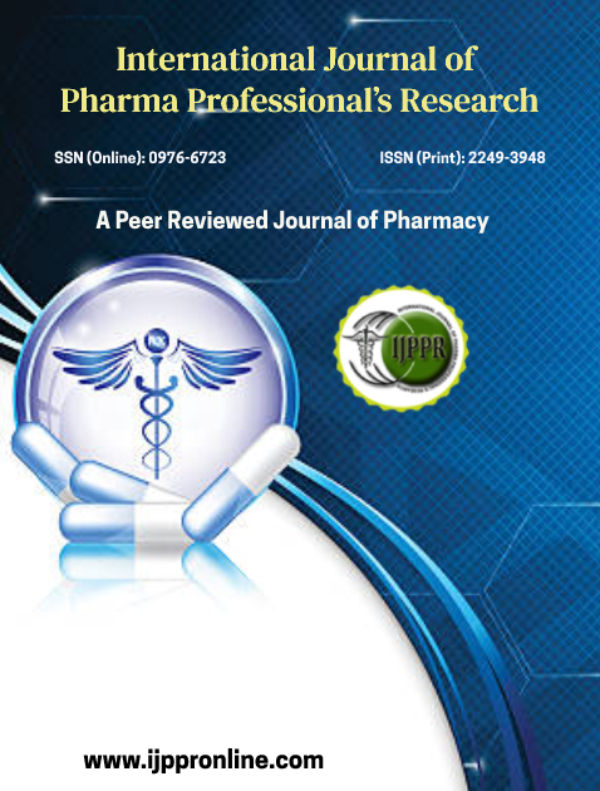Automation in Pharmacovigilance
Keywords:
Pharmacovigilance, Automation, Machine Learning, Healthcare, Risk Management
Abstract
The term “pharmacovigilance,” first proposed in the 1970s, has gradually gained traction to become one of the two common terms of art for the overall discipline, the other, older term being “drug safety.” “World Health Organization (WHO)” as “the science and activities relating to the detection, assessment, understanding and prevention of drug-related problems”. The information about suspect product is collected from healthcare providers and patients to detect and prevent abnormalities associated with it. Therefore, PV deals with adverse effects of drug, poly-pharmacy, paradoxical reactions, and severe adverse events. Automation in pharmacovigilance entails using cognitive technologies such as machine learning (ML) and advanced analytics to transform legacy data compilation processes and information gathering for regulatory approval. Automation technologies have strong potential to automate routine work and balance resource use across safety risk management and other pharmacovigilance activities. This article provides an overview of automation in pharmacovigilance.
Published
2024-01-10
How to Cite
Dolly Chauhan, Ashish Jain, Davinder Kumar, & Abhimit Kumar. (2024). Automation in Pharmacovigilance. International Journal of Pharma Professional’s Research (IJPPR), 15(1), 10-26. Retrieved from https://www.ijppronline.com/index.php/IJPPR/article/view/364
Section
Articles










